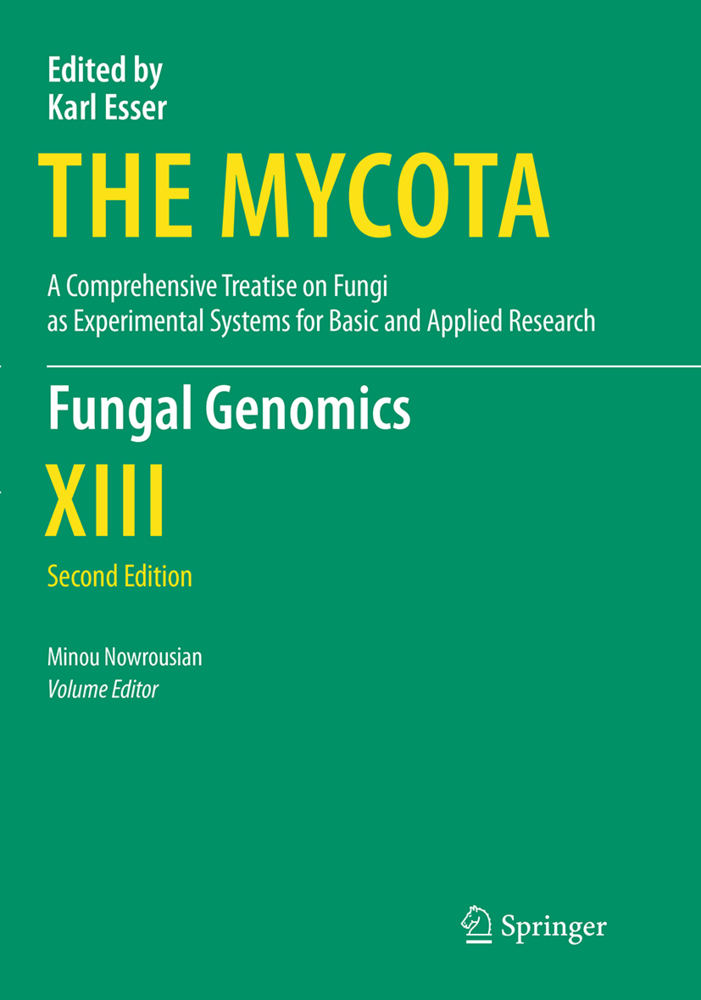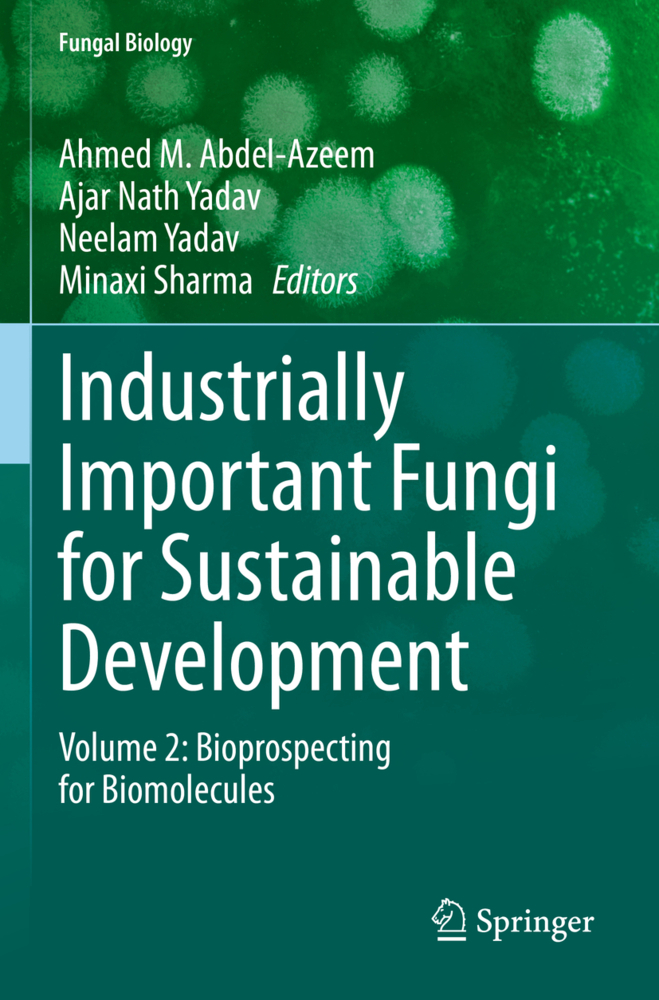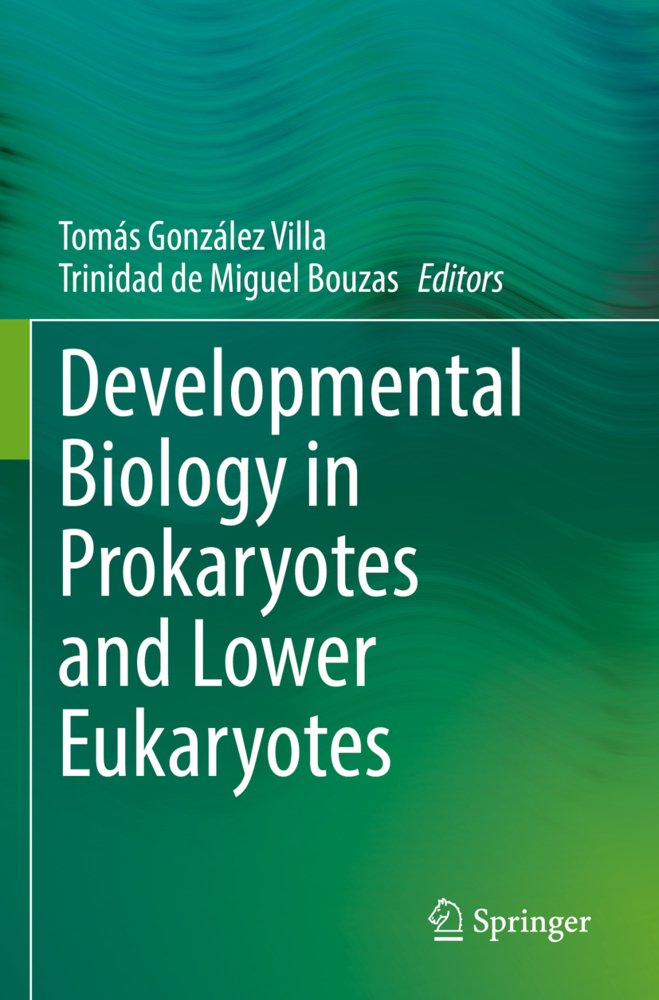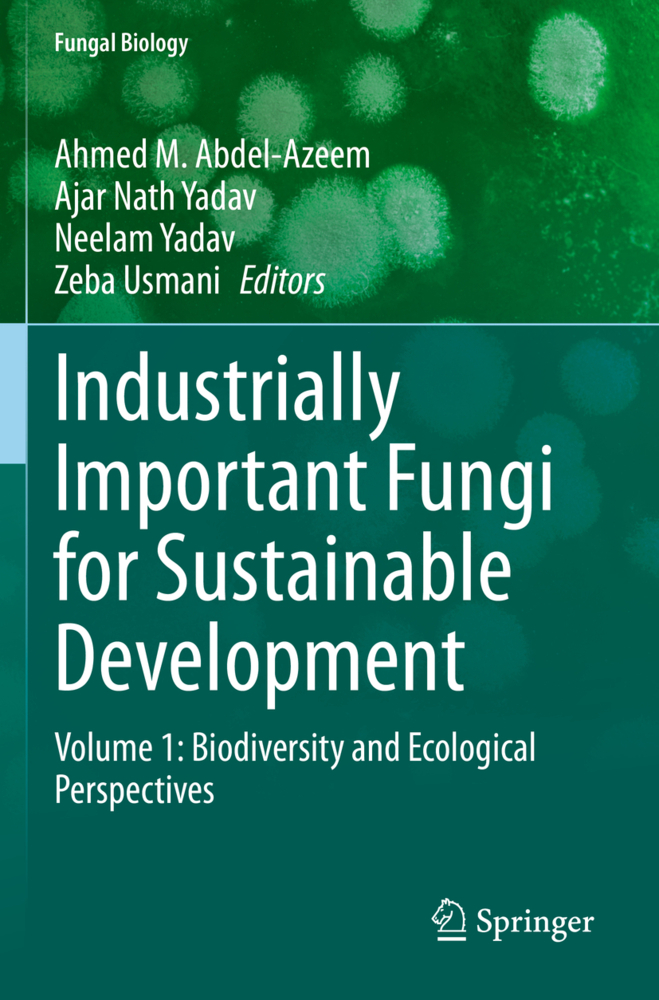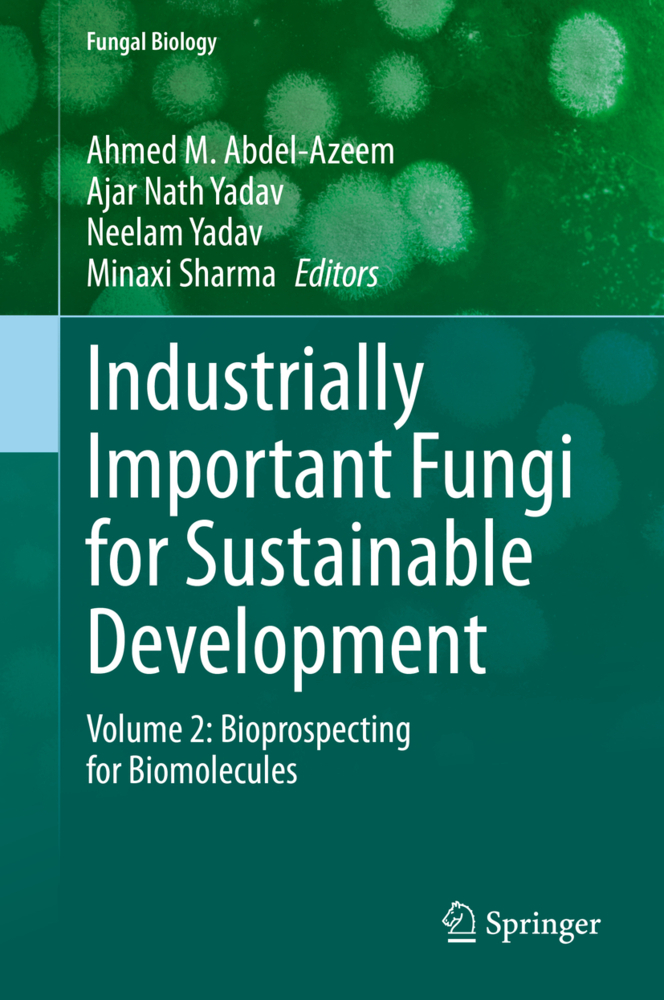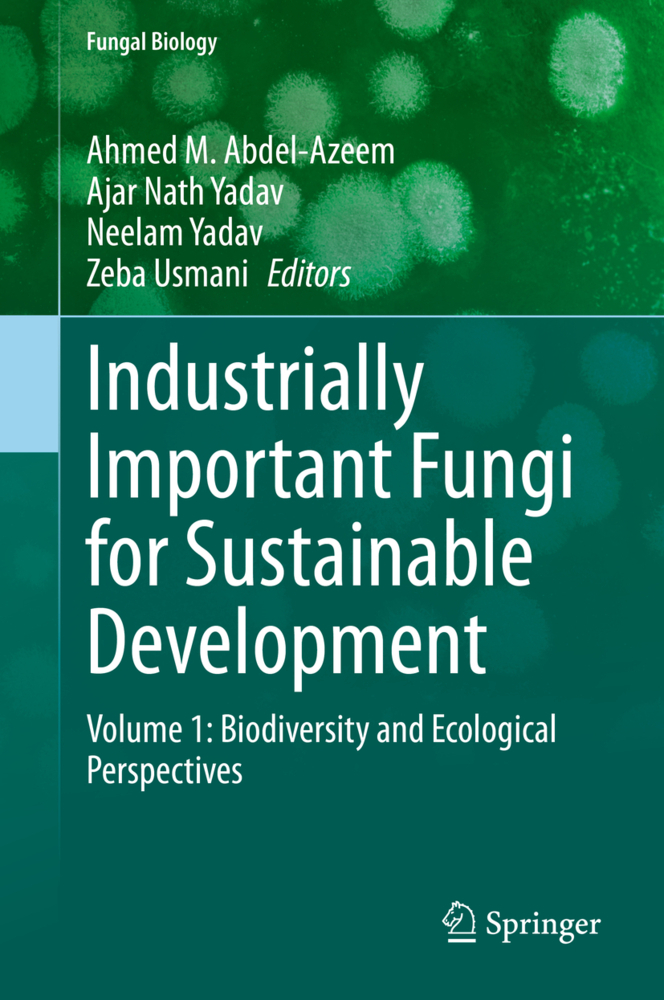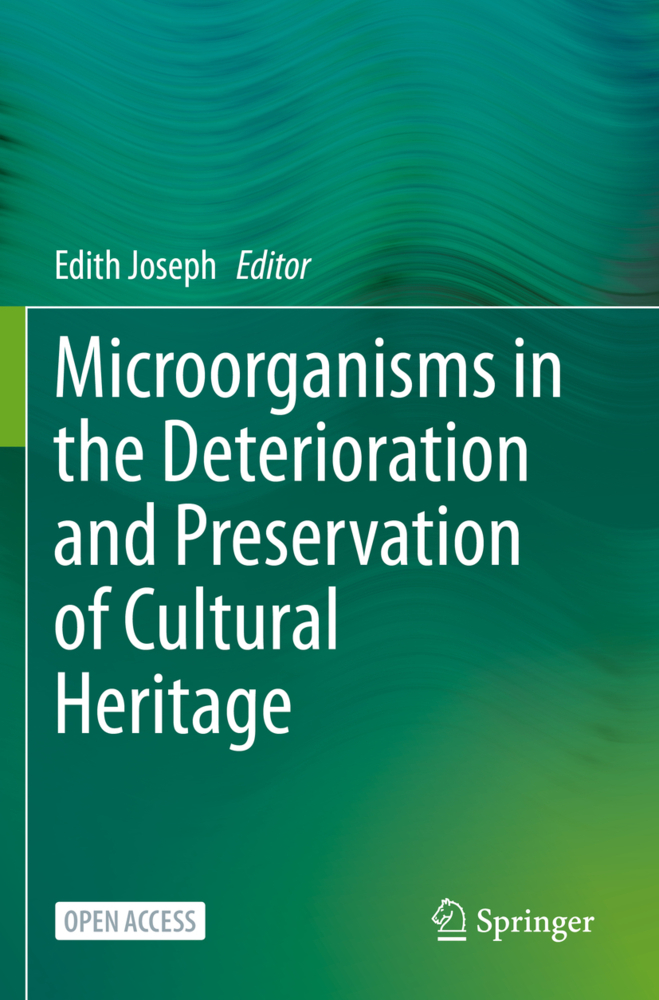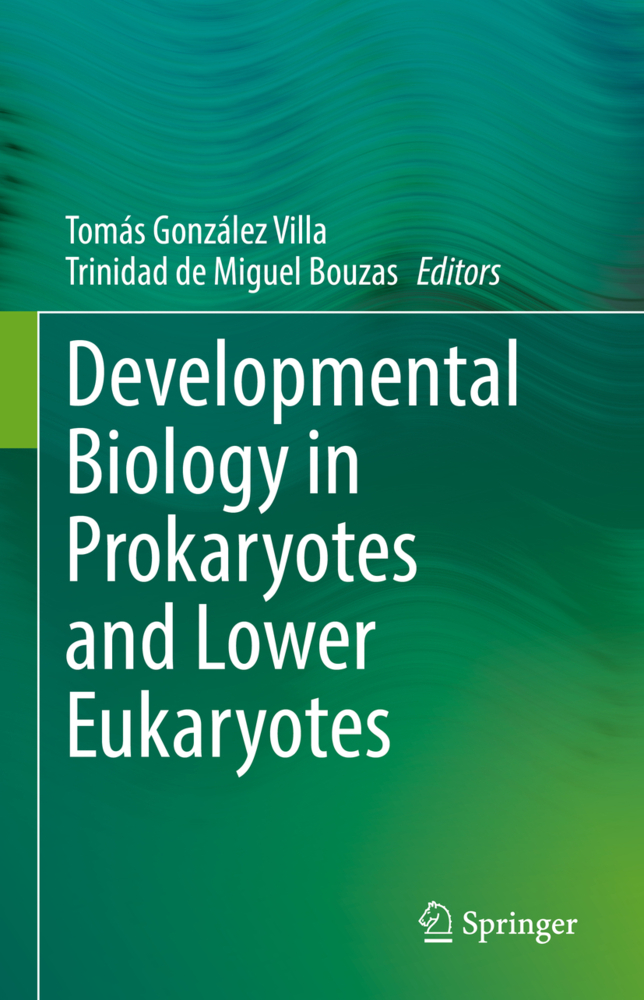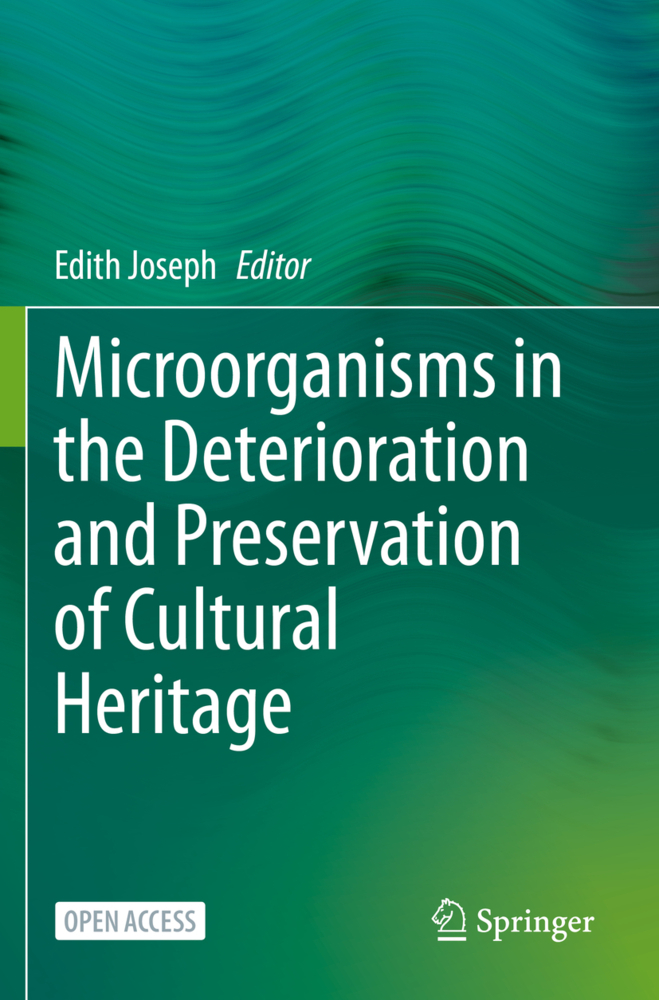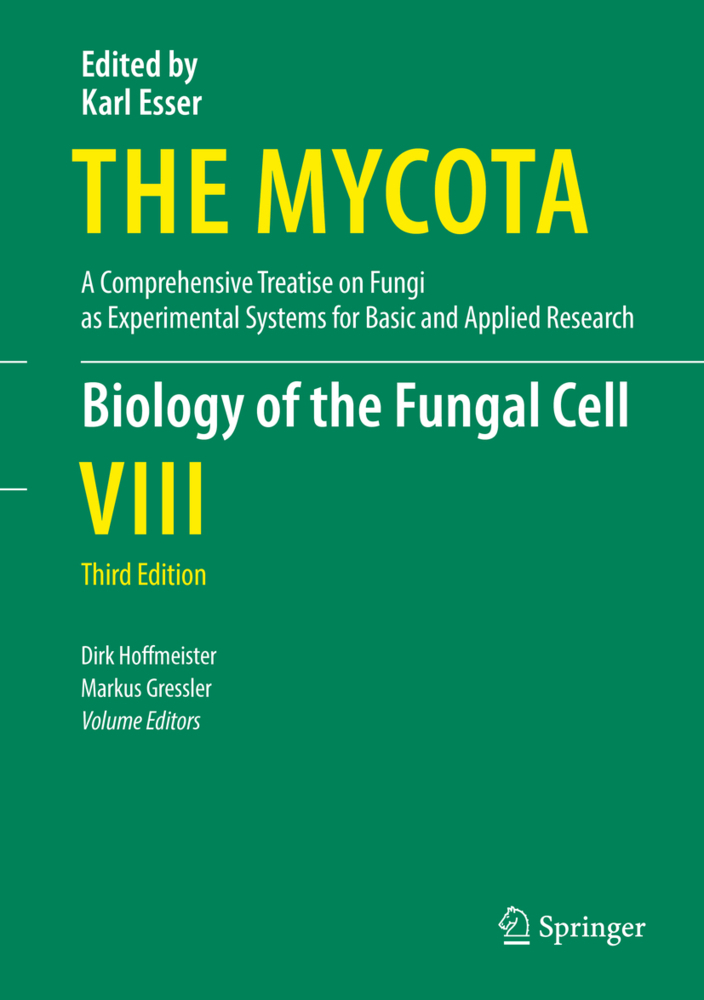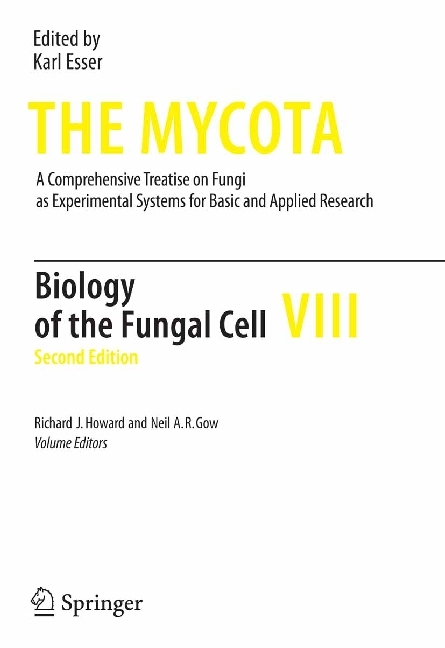Fungal Genomics
Fungal Genomics
Yeast as a model for systems biology studies on complex diseases
Genomics to study basal lineage fungal biology: phylogenomics suggest a common origin
Phylogenomics to study fungal biology
Genome data drives change at culture collections
Fungal chromatin and its role in regulation of gene expression
Photobiology and circadian clocks in Neurospora
Genomics and transcriptomics to analyze fruiting body development
Degradation and modification of plant biomass by fungi
Transcriptomics of industrial filamentous fungi: a new view on regulation, physiology and application
Genomics analysis of biocontrol species and industrial enzyme producers from the genus Trichoderma
Application of genomics to the study of pathogenicity and development in Fusarium
Metabolomics and proteomics to dissect fungal phytopathogenicity
Functional genomics to characterize opportunistic pathogens
Integration of metabolism with virulence in Candida albicans.
Esser, Karl
Lemke, Paul A.
Nowrousian, Minou
| ISBN | 978-3-662-51775-8 |
|---|---|
| Artikelnummer | 9783662517758 |
| Medientyp | Buch |
| Auflage | 2. Aufl. |
| Copyrightjahr | 2016 |
| Verlag | Springer, Berlin |
| Umfang | XXI, 383 Seiten |
| Abbildungen | XXI, 383 p. 32 illus., 13 illus. in color. |
| Sprache | Englisch |

